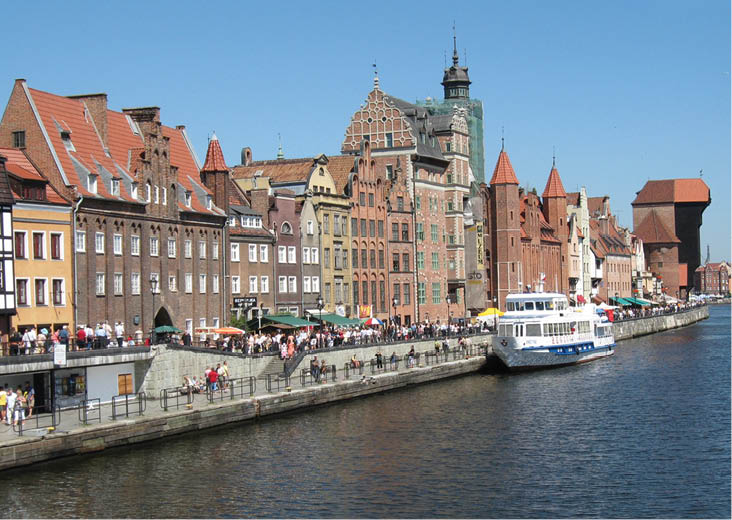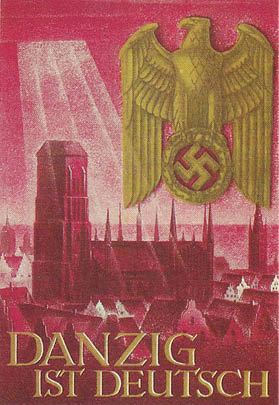Poland


Gdansk’s historic waterfront
The collapse of the Berlin Wall began on Polish soil, in a shipyard in Gdansk. It started in 1980 when workers defied the communist government by forming an illegal trade union called Solidarity. Their leader, Lech Walesa, was arrested several times but found strength in the words of a powerful ally – Pope John Paul II, who told Walesa “not to be afraid” as he threw the support of the Roman Catholic Church behind Solidarity. Born in Poland in 1920, the future pontiff had himself escaped arrest, at the hands of the Gestapo, by hiding in his uncle’s basement in Krakow in the wake of the 1944 Warsaw Uprising.
Map of Poland

Lech Walesa, an electrician by trade, was awarded the Nobel Peace Prize in 1983 and became President of Poland when he and his Solidarity party were swept into office in 1990. This peaceful overthrow of the communist regime in Poland was credited in large part to Pope John Paul II, about whom the Soviet leader Mikhail Gorbachev would later state, “The collapse of the Iron Curtain would have been impossible without John Paul II.” U.S. President Ronald Reagan is also credited with helping to topple communism, and a bronze statue honouring the Polish-born pope and American president was unveiled in 2012 in a Gdansk park named in honour of Ronald Reagan.
Poland, with a population of 38 million, is a homogenous country, its ethnic makeup being 97% Polish and predominantly Roman Catholic. The government is a republic and the capital is Warsaw. Poland joined the European Union in 2004. The unit of currency is the zloty (PLN); $1 USD = 3.5 PLN.

A Nazi poster of Gdansk.
Slavic groups originally occupied the area of present-day Poland, its mostly flat terrain presenting few natural barriers to invasion. Ruled by the Jagiello dynasty during its 16th-century golden age, the Kingdom of Poland eventually united with the Grand Duchy of Lithuania to create an empire stretching from the Baltic to the Black Sea. However, by 1795 the nation of Poland had disappeared from the map of Europe, partitioned between Prussia, Austria and Russia.
Not until the end of the First World War did Poland re-emerge as an independent state, only to be invaded two decades later by German forces at the start of World War II. Within weeks Germany and the Soviet Union had divided and annexed the whole of Poland. War brought decimation to Poland. Six million Poles, including three million Jews, were killed in massacres, by starvation or at the Auschwitz death camp. Another 2.5 million were sent to Germany for forced labour. The Red Army drove German forces from Poland near the end of World War II and the country became a Soviet satellite state. Civil unrest eventually resulted in the labour movement of the 1970s and 80s, and Poland in the 1990s became a democratic market-oriented country.
The city of Gdansk is a major Baltic seaport with some of the world’s largest shipyards. A medieval capital and member of the Hanseatic League, Gdansk was later ruled by Poland, then by Prussia – when the city was known by its German name of Danzig. In 1919 Gdansk was designated a free city by the League of Nations and Poland was granted special utilization rights to its port. When Poland refused to surrender Gdansk to Nazi Germany, Hitler used this as an excuse to invade Poland on September 1, 1939. The Port of Gdansk’s Military Transit Depot, located on the Westerplatte Peninsula and manned by less than 200 Poles, held out for seven days against a major German assault before surrendering. In the city proper, trained civilians with a cache of weapons defended the Polish Post Office before fire drove them from the burning building to face arrest, torture and execution at the hands of the German SS. Fierce fighting in the course of the war reduced Gdansk to rubble, but the historic quarter has been rebuilt, brick by brick.